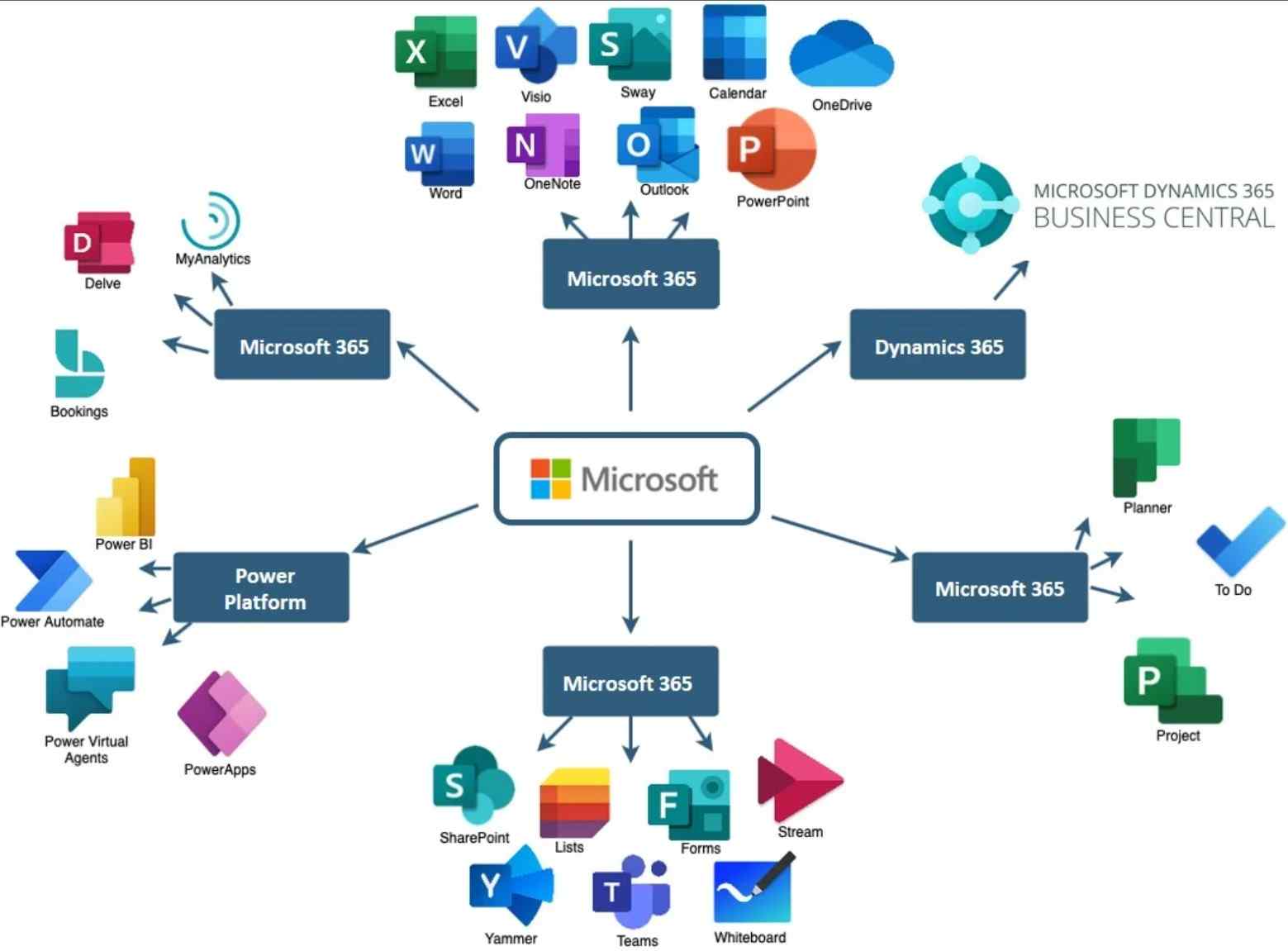In this digital age, consumer expectations are constantly increasing. Research shows that around 66% of consumers expect organizations to understand their unique needs and preferences. Considering these numbers, it’s now more important than ever for brands to deliver personalized experiences.
Consequently, many companies look to invest in intelligent technological solutions like Dynamics 365. Let’s dive into what Microsoft Dynamics is and what are its top features and benefits:
What is Microsoft Dynamics 365?
Dynamics 365 is a set of smart business applications that help organizations efficiently run their operations with the help of intelligent, predictive AI-powered insights.

It includes AI tools that pinpoint customer behaviors and patterns and offer predictive scoring. Moreover, with the help of Power BI, it provides smart analytics and data visualization. With the help of Dynamics 365, companies can heighten their business productivity and deliver excellent customer experiences.
Top Features of Microsoft Dynamics 365
Some of the best features of Microsoft Dynamics 365 include:
Integration with Outlook 365
Integrating Outlook with Dynamics 365 makes tasks easier and enhances team productivity. In addition, the integration offers a centralized platform for data like emails, contacts, or client information.
Syncing dynamics 365 and outlook contacts eliminate the need for manual data entry. Moreover, all data can be stored offline, so any email association in outlook will appear in CRM upon the next log-in.
Smart Search
With the smart search feature, searching for multiple items across contacts, records, and templates becomes easier. With the help of this feature, team members can sift through data easily and in record time. As a result, no time is wasted, and teams can focus on more important tasks.
In addition, users can perform multiple searches through a single screen, allowing for easy information discovery.
Interactive Dashboard
D365’s interactive customer experience dashboards, optimized for excellent customer service, provide a performance overview and extensive reports of cases, topics, and agents. Additionally, it offers important metrics and charts to users that they can use to understand what has the most impact on their clients.
As a result, identifying trends and converting data into actionable insights becomes much easier. Marketing and sales professionals can then use these insights to devise strategies accordingly.
Integration with LinkedIn
The LinkedIn sales navigator integration with Dynamics 365 allows sales teams to leverage intelligent insights across both platforms. For example, sales Navigator lets sales teams understand who the key decision makers of an organization are by curating company hierarchy charts through LinkedIn profiles.
Moreover, by integrating with LinkedIn, sales professionals can know when CRM contacts switch jobs by automatically flagging career changes. Again, this is a great way for businesses to learn about potential opportunities or risks.
The rapidly evolving digital landscape necessitates fluid and effective communication, particularly for sales and customer relations teams. One efficient way is by integrating communication platforms with existing CRM solutions. Notably, this can be accomplished with how to access Microsoft Teams admin center using EPC Group, which has shown great promise in promoting seamless collaboration. With this tool, users can enhance their interaction with team members and clients, streamline project management, and easily share important documents or updates. This integration underscores how Microsoft’s suite of productivity tools, including Dynamics 365 and Teams, work together to enhance customer experience and operational efficiency.
Top Benefits of Microsoft Dynamics 365
Considering the many important features of Dynamics 365, it is no surprise that it has many benefits. Following are a few key advantages of Dynamics 365:
Scalability: With Dynamics 365, users only have to pay according to use. Its monthly subscription allows users to scale up or down depending on their needs. It can also evolve alongside your business.
Ease of Use: Dynamics 365 has an easy-to-use and clear interface that will feel familiar to many Office 365 users. This familiarity helps reduce any stress related to a new software implementation. Moreover, users can easily use it in a cloud or hybrid cloud setting.
Smart Analytics: Dynamics 365 offers built-in analytics and AI-driven insights that help you detect hidden patterns and trends. With the help of these analytics, businesses can make better informed and data-driven decisions.
Security: Being a cloud-based solution, Dynamics 365 has stringent security protocols for apps and data built in the cloud. In addition, it has disaster control and a 24-hour recovery program to ensure the safety of sensitive information.
Cost Reduction: Dynamics 365 helps save time and money by automating repetitive tasks. When redundant tasks are automated, companies don’t have to spend money on hiring additional personnel. Moreover, human errors are reduced, leading to cost savings that can occur during damage control for errors.
Conclusion
With customer demands skyrocketing, the need for an intelligent customer relationship management system is now more apparent than ever. However, with the CRM market expanding and myriad options available, businesses often don’t know which software to opt for.
Dynamics 365 CRM is a set of smart business applications that help businesses drive operational efficiency. It has intelligent features like interactive dashboards, powerful integrations, and smart search.
Moreover, it offers various benefits such as scalability, ease of use, cost reduction, security, and smart analytics. By implementing Dynamics 365 CRM, companies can enhance their customer engagement and boost organizational productivity.
